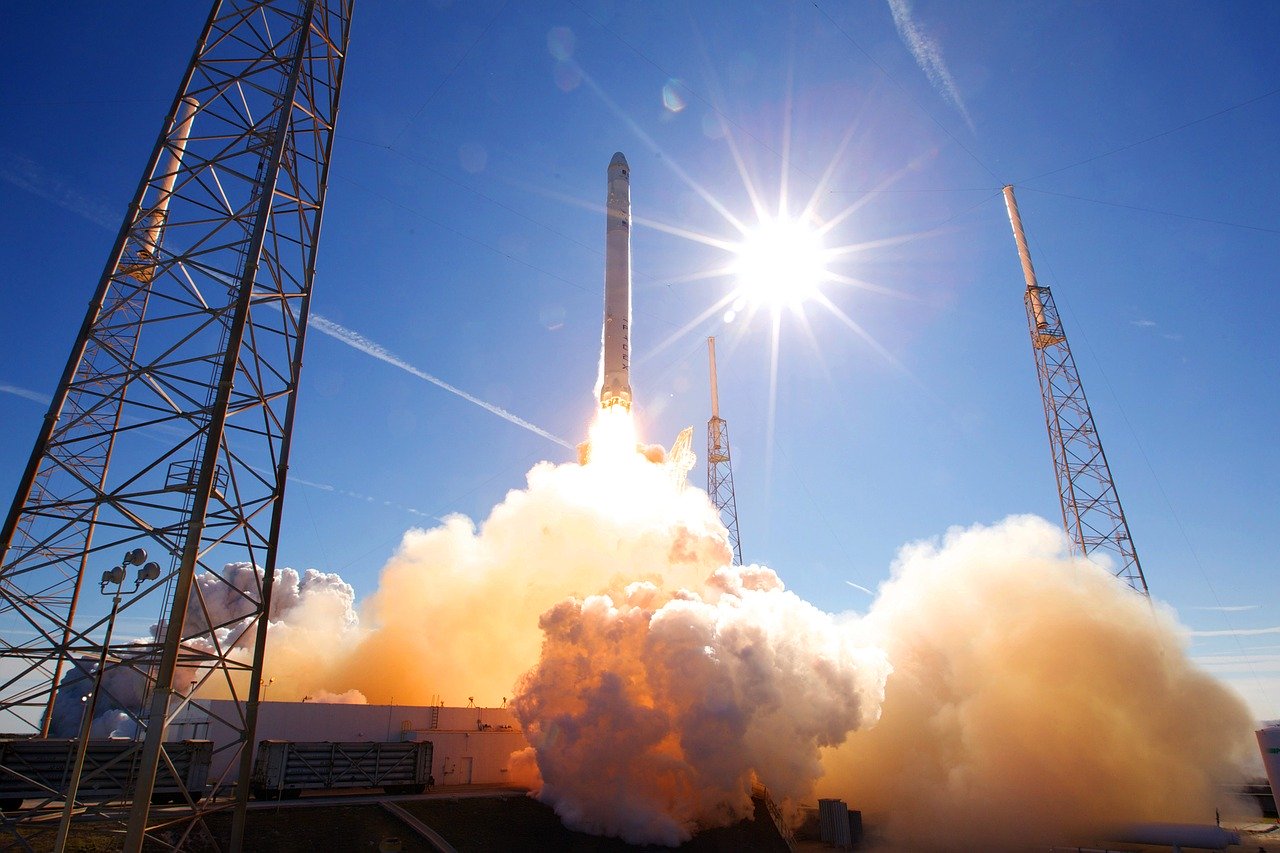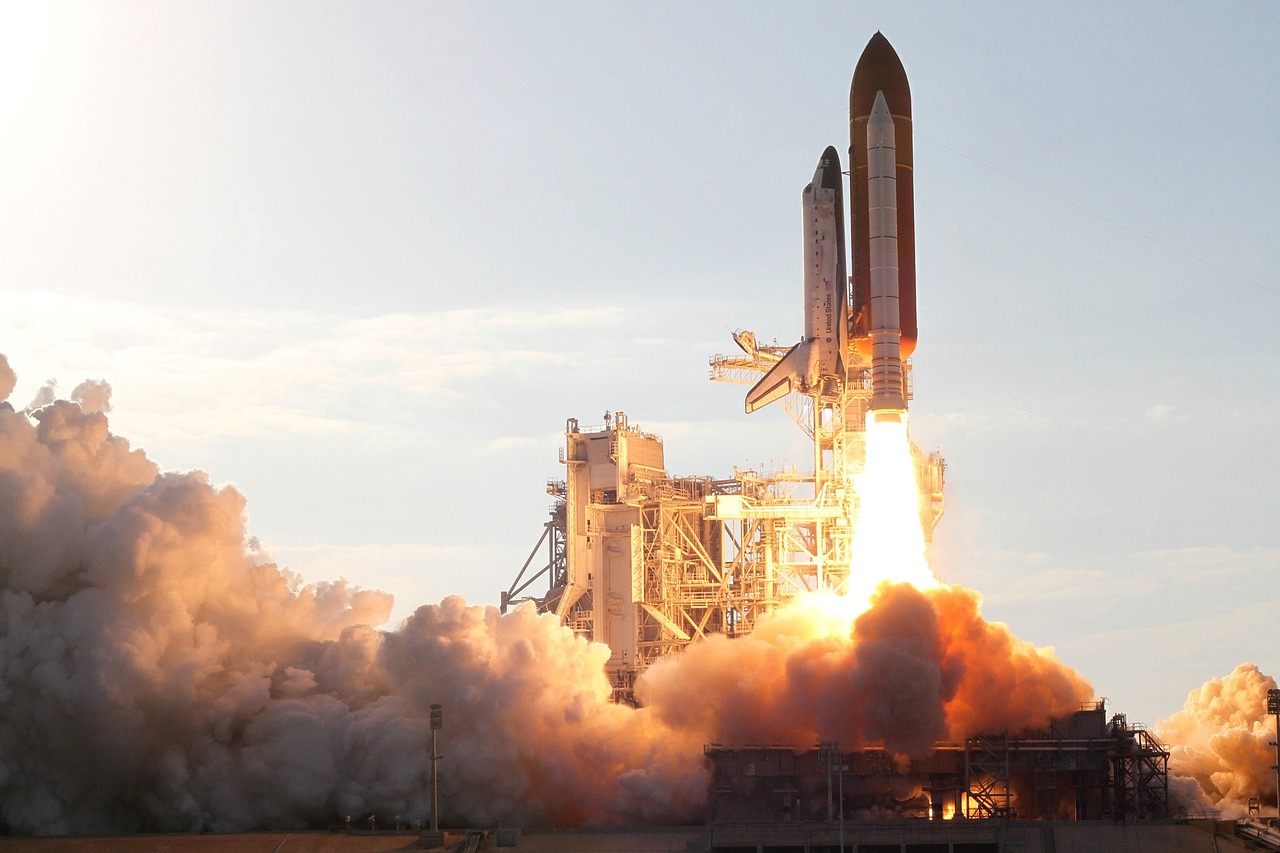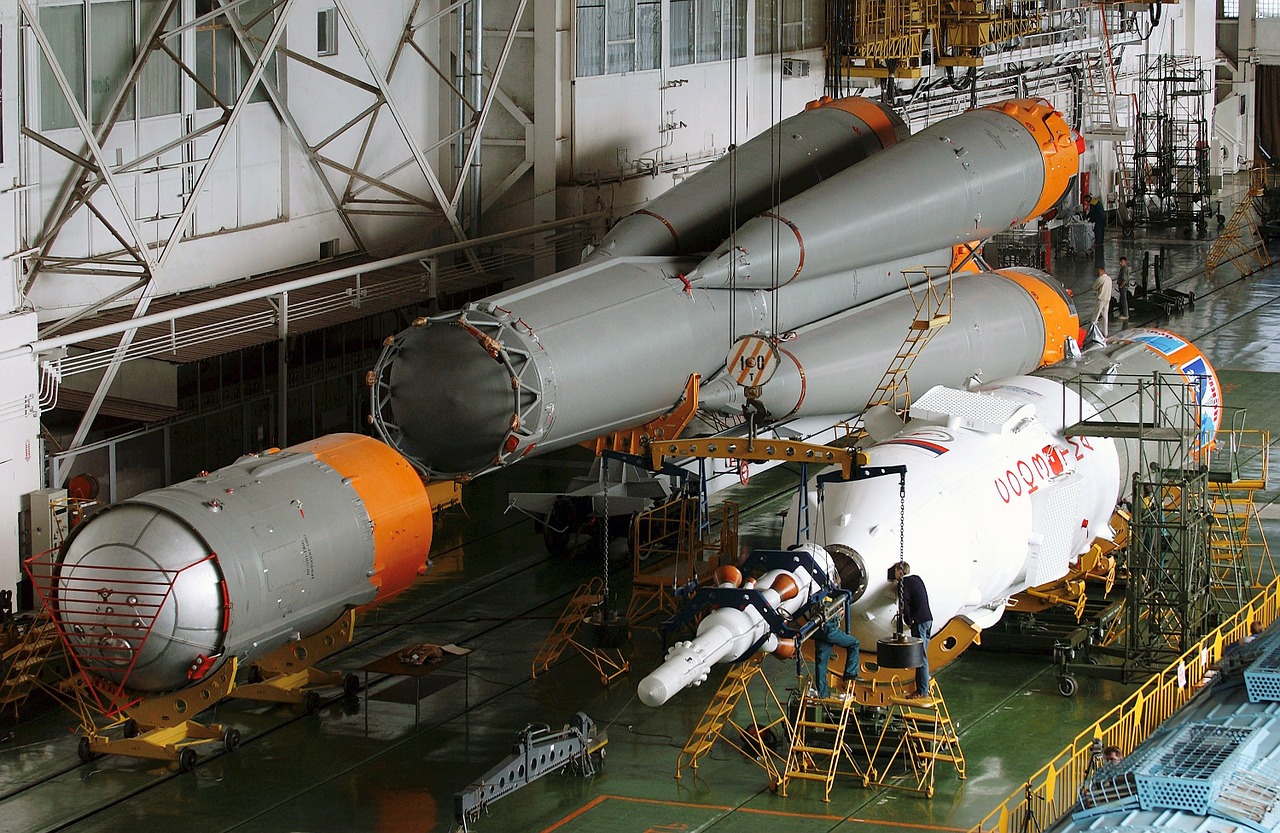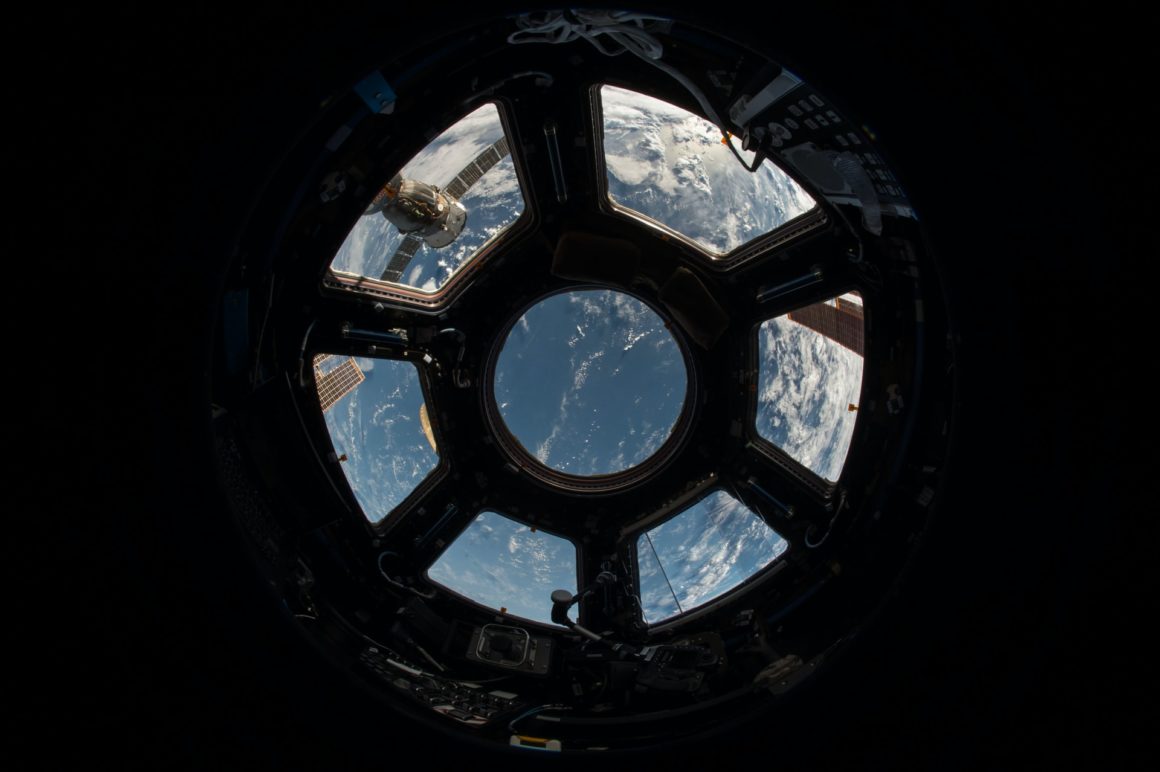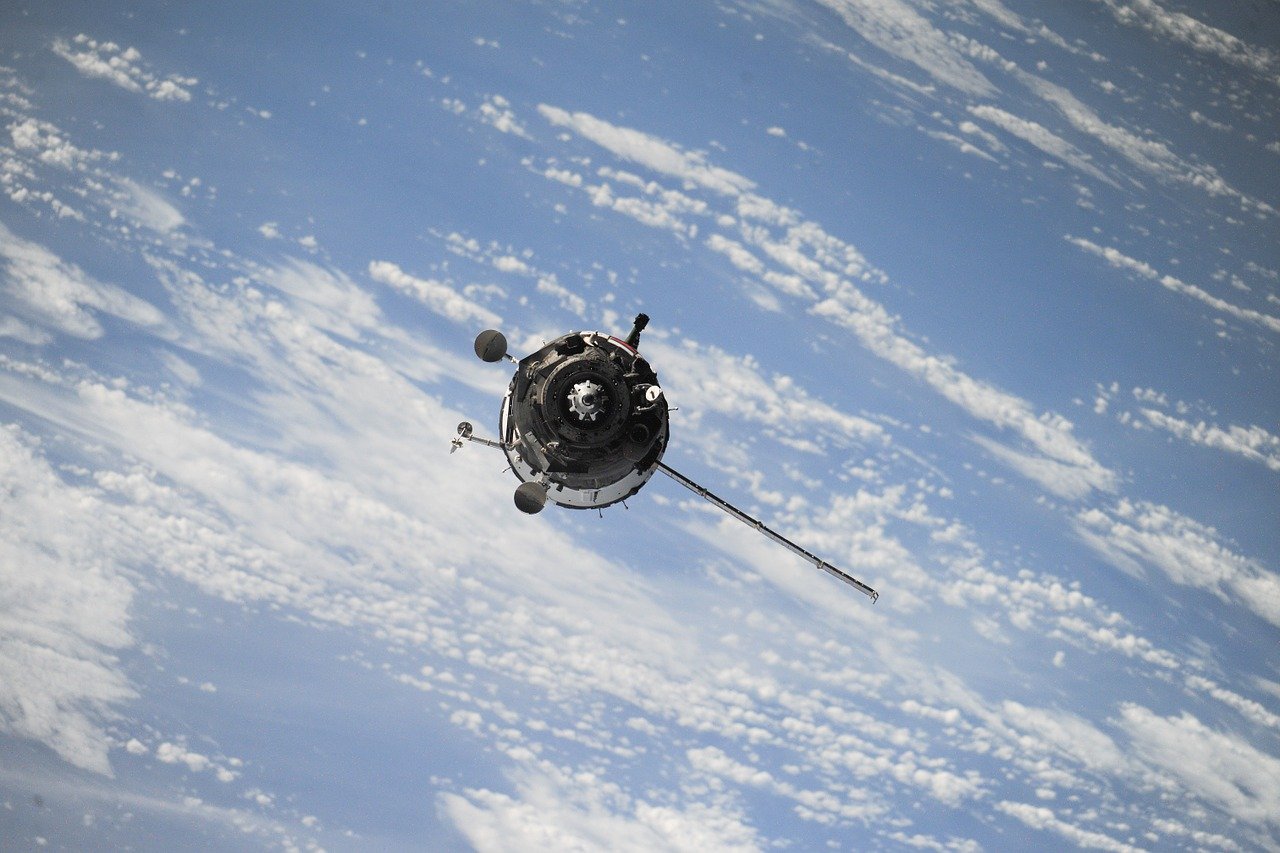Originally published at Sa.catapult.org.uk
SteamJet, the first Westcott BIC incubated, is developing a safer, compact, and affordable water-based propulsion system for CubeSats and Small Satellites. The aim is to expand current mission capabilities, enabling satellites to stay in Space longer, change and optimize their orbit, avoid collisions, operate in constellations, and de-orbit at the end of their mission.
Route to Impact
SteamJet develops and produces water-based thrusters for SmallSats/CubeSats using water or other low pressure, non-toxic, non-corrosive fluid as the propellant to form thrust in a low power resistojet. The major advantages of using water as the propellant are:
• When compared to high-pressure cold gas thrusters, the SteamJet propulsion system is completely safe for launch site operations or storage within the International Space Station. This reduces the overall mission risks.
• The high thrust and low power consumption of SteamJet thrusters promote satellites to arrive at the final orbit sooner when compared to those using electric propulsion.
A networking event at the Catapult led to SteamJet becoming the first incubated at the Catapult’s Westcott Business Incubation Centre (BIC). From here it was possible to focus on the CubeSat challenges SteamJet were aiming to resolve:
• CubeSats are launched as secondary payloads, without the possibility to optimize their final orbit.
• The limited lifespan, 1-2 years, for a CubeSat deployed from the ISS (International Space Station) before it re-enters Earth’s atmosphere.
• CubeSats deployed at high altitude orbits (600-700 km) could violate ESA’s 25 years re-entry international guidelines.
“The greatest value-add during our year at the Catapult’s Westcott BIC includes the introductions to key personnel within the rocket propulsion community. Strengthening our knowledge of the sector and specific technologies, which has given us access to specialist innovation support. Furthermore, the BIC team helped us to identify and successfully apply for research grants from EDRF and UKSA.”
Marco Pavan
Co-Founder & Director, SteamJet Space Systems
The Solution
The propulsion system is smaller than 1U and exploits the ‘tuna can’ volume available on CubeSat deployers. Its unique shape allows for installation outside the main CubeSat structure. This is a major benefit for the final customer because it provides more space for the payload or other subsystems within the satellite.
This compact option provides a minimum overall dimension with maximum flexibility. The solid thruster design and efficient mass exhaustion increases reliability and decreases costs yet meets all CubeSat safety requirements.
The Outcomes
• Cross-technology collaboration
SteamJet has collaborated with Total Carbide who now manufactures part of the SteamJet system. To date, we have two prototypes and 3D printing underway.
• Strong academic relationships
The SteamJet system, post-manufacture tolerances, are tested at The University of Southampton where we have recently commenced a SPRINT project.
• Progressed a technology towards commercialization
The specialist knowledge gained whilst at the Westcott BIC has created the foundations for our first technology demonstration mission.
• Application for a trademark
To protect SteamJet’s intellectual property, commenced during our year as a Westcott Incubatee.
• Increased employment
As the company continues to grow, we will seek to move from the current six employees to ten within the next couple of years.
The Future
A launch service agreement with Momentus, an in-space transportation company, is underway. This will be SteamJet’s first technology demonstration mission for a reliable, compact, and available water-based propulsion system. It will be launched from a Falcon9 rocket to a Sun-synchronous orbit (SSO). At the moment, we have signed up for 2020 and 2021 Vigoride flights. These flights are designed to remain in Low Earth Orbit for several months depending upon the customers’ missions.
In the future, SteamJet has ambitious plans to apply its proprietary rapid water-heating technology to a wide range of space propulsion products, not just to serve small satellites, but medium and big satellites as well, introducing a New Age of Steam in Space!




